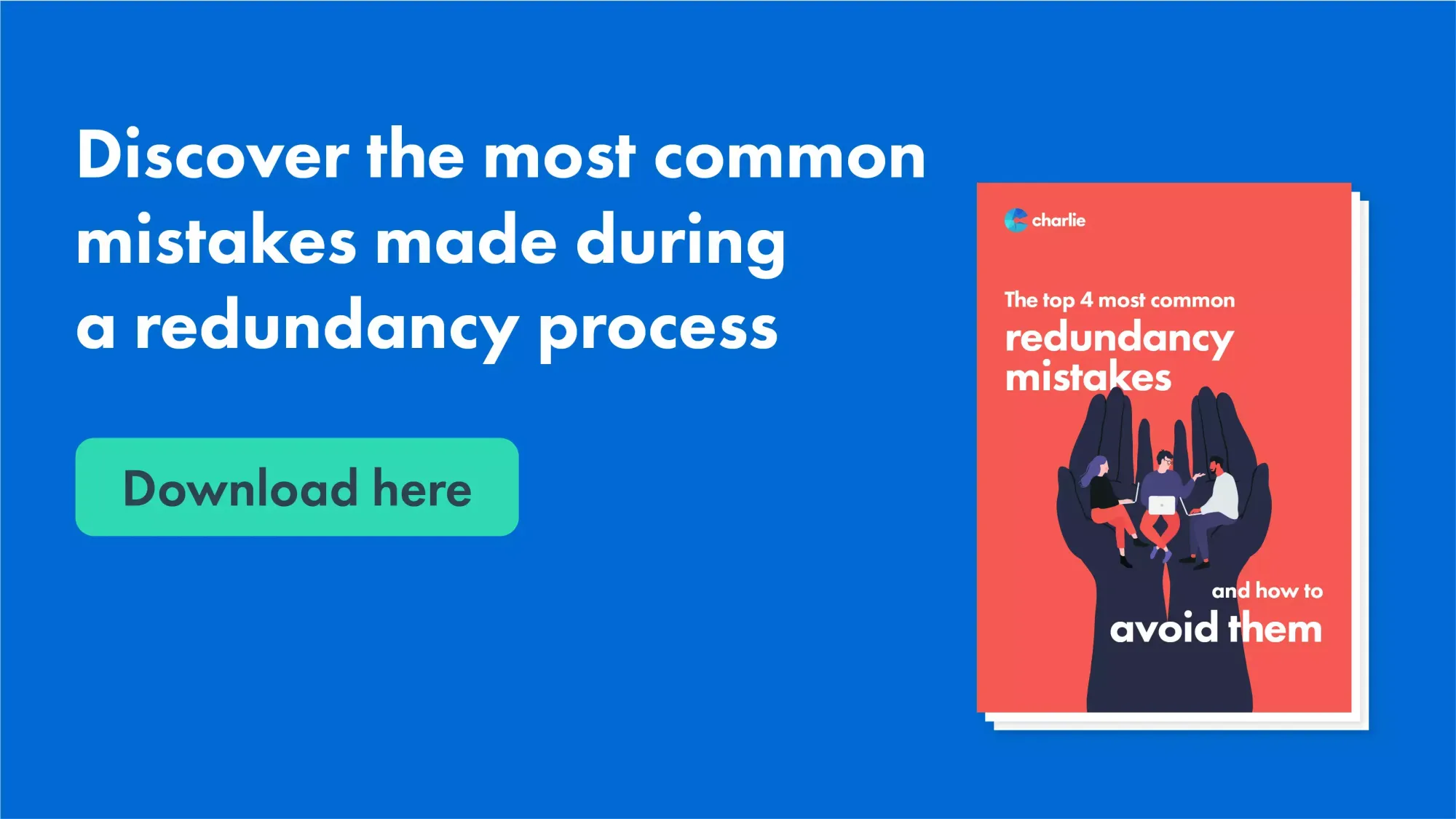What Happens to Redundancy If Company Goes Bust? An Overview to Your Rights
What Happens to Redundancy If Company Goes Bust? An Overview to Your Rights
Blog Article
Exploring the Operational Characteristics of Company Redundancy and Its Long-Term Sustainability

Redundancy Strategies for Company Connection
In order to guarantee continuous procedures, companies should implement reliable redundancy approaches for business connection. Redundancy in this context refers to the duplication of essential components or functions within a system to reduce the impact of possible failures. By incorporating redundancy techniques, organizations can improve their strength against disruptions triggered by various factors such as natural calamities, devices failures, or cyber-attacks.
One usual redundancy technique is the implementation of backup systems and information storage solutions. This includes creating matches of vital information and systems that can be activated in instance of a main system failing. Additionally, companies can develop redundant interaction channels and source of power to maintain connection and procedures throughout unforeseen occasions.
In addition, cross-training staff members to execute numerous functions within the firm can serve as an important redundancy approach. This makes sure that essential tasks can still be brought out also if essential employees are not available as a result of disease or various other factors. Overall, effective redundancy methods are essential for organizations to promote operational continuity and lessen the influence of possible disruptions.
Effect of Redundancy on Business Resilience
Provided the essential role redundancy strategies play in ensuring company continuity, checking out the impact of redundancy on business strength comes to be important for understanding the alternative operational characteristics of a firm. Redundancy, when purposefully executed, can dramatically add to boosting an organization's resilience in the face of unanticipated obstacles.
Furthermore, redundancy can cultivate development and creative thinking within an organization as staff members really feel empowered to take computed threats, knowing that there is a safety web to support them in instance of failure. On the whole, the impact of redundancy on business strength is profound, shaping the long-lasting sustainability and success of a company.
Stabilizing Efficiency and Versatility in Redundancy
Accomplishing an unified equilibrium in between operational performance and adaptive flexibility is a crucial difficulty in the critical deployment of redundancy within organizations. Reliable operations are vital for preserving performance and cost-effectiveness, guaranteeing that resources are made use of ideally. Nevertheless, excessive focus on effectiveness alone can lead to rigidness, making it challenging for organizations to adjust to unpredicted modifications or challenges. On the various other hand, flexibility enables organizations to react nimbly to developing situations, cultivating development and resilience. Yet, as well much adaptability without a solid functional structure can result in inefficiencies and inconsistency.
To balance efficiency and adaptability in redundancy preparation, organizations should carefully analyze their operational requirements, market characteristics, and critical goals. Applying lean methods can boost performance by eliminating and improving procedures waste, while promoting a society of flexibility and pop over to this site continual renovation can increase versatility. Furthermore, buying cross-training programs and robust communication networks can aid grow a flexible workforce with the ability of handling diverse jobs throughout durations of shift. Ultimately, locating the ideal stability between performance and adaptability is important for developing a resilient and sustainable organization in the face of unpredictability.
Long-Term Sustainability Via Redundancy Planning
To make sure long-lasting practicality and security, organizations should purposefully straighten their redundancy preparation with lasting sustainability objectives, thereby balancing operational effectiveness with flexible versatility. Long-lasting sustainability via redundancy planning includes more than simply short-term cost-cutting actions. It requires a comprehensive tactical approach that here prepares for future challenges and possibilities. Companies must view redundancy not as a responsive option to immediate problems however as an aggressive method for long-lasting success. By incorporating redundancy planning with sustainability goals, companies can develop a resistant structure that can withstand different market changes and internal changes.

Aggressive Procedures for Sustainable Firm Procedures
Exactly how can companies proactively enhance their functional sustainability for long-term success? Executing proactive steps is essential for companies intending to ensure sustainable operations. One vital strategy is to buy innovation and technology to simplify processes, decrease waste, and stay competitive in the market. Adopting lasting methods such as minimizing power consumption, decreasing carbon footprint, and optimizing source use can not only profit the atmosphere but additionally lead to set you back savings over time.
Moreover, promoting a society of continual renovation and understanding within the organization can improve flexibility to altering market conditions and customer demands. Encouraging employee involvement in decision-making processes and offering chances for expert advancement can increase morale, efficiency, and general performance. Developing clear objectives, monitoring crucial performance signs, and consistently assessing progress are crucial components of positive sustainability monitoring.
Collaborating with suppliers, customers, and various other stakeholders to Check This Out advertise lasting methods throughout the supply chain can create a causal sequence of positive influence - redundancy pay if company goes bust. By taking aggressive actions towards operational sustainability, business can develop strength, drive advancement, and secure their lasting success in an ever-evolving business landscape
Final Thought

In the world of business management, the calculated implementation of firm redundancy stands as a pivotal yet elaborate method that requires a delicate balance in between operational efficiency and long-term practicality. By exploring the operational dynamics that underpin firm redundancy and evaluating its broader ramifications for organizational durability and versatility, a nuanced understanding of just how redundancy methods can shape the future trajectory of a business starts to unfold.Given the critical duty redundancy techniques play in ensuring business continuity, discovering the impact of redundancy on business resilience comes to be vital for understanding the alternative operational dynamics of a business. Overall, the influence of redundancy on organizational durability is extensive, shaping the long-lasting sustainability and success of a company.
In verdict, understanding the operational characteristics of firm redundancy is essential for making sure long-term sustainability.
Report this page